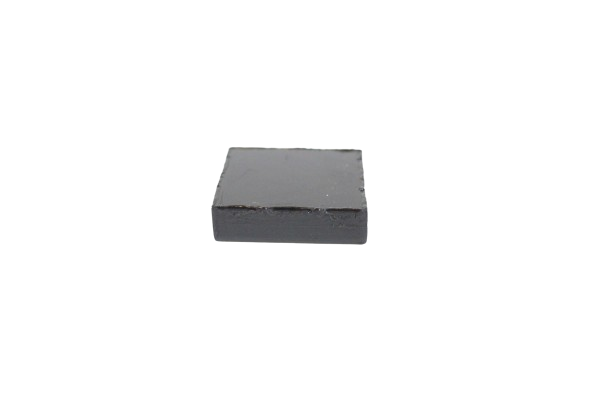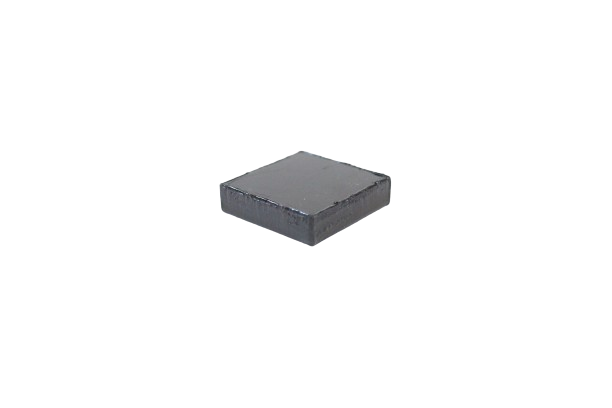Laser Cut HDPE
American Acrylics


Benefits and Applications for Laser Cut HDPE
In the realm of advanced materials and manufacturing techniques, High-Density Polyethylene (HDPE) has emerged as a versatile and widely used thermoplastic. When coupled with the precision of laser cutting technology, HDPE takes on a new dimension, offering a myriad of benefits and applications across various industries. In this in-depth exploration, we unveil the advantages and diverse applications of laser-cut HDPE, shedding light on how this dynamic combination is reshaping modern manufacturing.
Understanding HDPE: A Thermoplastic Powerhouse
High-Density Polyethylene (HDPE) is a robust thermoplastic polymer known for its exceptional strength, chemical resistance, and versatility. Originally developed to address the limitations of traditional plastics, HDPE has become a staple in industries ranging from packaging and construction to healthcare and agriculture. Its molecular structure imparts it with remarkable durability and the ability to withstand harsh environmental conditions.
Laser Cutting Technology: Precision Redefined
Laser cutting has revolutionized the manufacturing landscape by offering unparalleled precision and flexibility. This non-contact method employs a high-powered laser beam to cut materials with utmost accuracy, creating intricate designs and smooth edges. When applied to HDPE, laser cutting enhances its inherent properties, making it an ideal material for a multitude of applications. Request a quote now.
The Benefits of Laser Cut HDPE:
Precision and Intricacy: Laser cutting allows for intricate designs and precise cuts, ensuring that even the most complex patterns are replicated with accuracy. This precision is crucial in industries such as electronics and medical devices, where components demand exact specifications for optimal performance.
Cost-Effective Prototyping: HDPE’s cost-effectiveness, combined with the efficiency of laser cutting, makes it an excellent choice for rapid prototyping. Manufacturers and designers can quickly iterate and test designs, minimizing lead times and reducing production costs. This feature is particularly valuable in industries where innovation and time-to-market are critical factors.
Material Consistency: Laser cutting ensures consistent material properties throughout the cut piece. This consistency is vital for applications where uniformity is essential, such as in the fabrication of industrial components and precision parts for machinery.
Versatility in Thickness: Laser cutting is highly adaptable to different material thicknesses, and HDPE is available in a range of thickness options. This flexibility allows for the creation of components with varying degrees of sturdiness, catering to diverse applications from thin packaging materials to robust structural elements.
Environmental Friendliness: HDPE is recognized for its recyclability and environmental friendliness. Laser cutting further contributes to the eco-friendly profile by minimizing material wastage and reducing the environmental impact associated with traditional cutting methods. This aligns with the growing emphasis on sustainability in modern manufacturing practices.
Chemical Resistance: HDPE exhibits excellent resistance to chemicals, making it suitable for applications in corrosive environments. Laser-cut HDPE components find application in industries such as chemical processing, where resistance to harsh chemicals is paramount.
Customization and Personalization: Laser cutting enables the customization and personalization of HDPE components to meet specific design requirements. This feature is particularly advantageous in industries such as signage, where unique and intricate designs are often sought after for branding and visual impact.
Applications Across Industries for Laser Cut HDPE:
Packaging Industry: Laser cut HDPE is extensively used in the packaging industry for creating custom-designed packaging materials. The precision of laser cutting ensures that packaging solutions are not only aesthetically pleasing but also tailored to the unique requirements of different products.
Electronics and Consumer Goods: HDPE’s electrical insulating properties make it a preferred choice in the electronics industry. Laser cut HDPE finds application in the manufacturing of electronic enclosures, insulating components, and custom parts for consumer electronics.
Medical Devices: The medical industry benefits from the precision and biocompatibility of laser-cut HDPE in the production of medical devices. Components such as housings, brackets, and custom parts for diagnostic equipment can be manufactured with exacting precision, meeting the stringent standards of the healthcare sector.
Agriculture: Laser cut HDPE is increasingly utilized in the agriculture sector for the fabrication of components like irrigation system parts, greenhouse materials, and custom equipment. Its resistance to environmental factors and durability make it well-suited for applications in the agricultural landscape.
Automotive Components: The automotive industry leverages laser cut HDPE for manufacturing components such as gaskets, seals, and interior parts. The precision and consistency of laser cutting contribute to the production of high-quality components that meet the demanding standards of the automotive sector.
Construction Materials: HDPE’s durability and resistance to the elements make it suitable for various construction applications. Laser-cut HDPE is employed in the creation of custom construction elements, formwork, and architectural components, contributing to the efficiency and sustainability of construction projects.
Educational Materials: In the education sector, laser-cut HDPE is utilized for creating educational models, prototypes, and visual aids. Its versatility allows for the production of interactive and engaging teaching materials across various subjects and disciplines.
Display and Signage: The display and signage industry benefits from laser-cut HDPE for creating visually appealing and durable signage. The material’s customization capabilities and resistance to outdoor elements make it a popular choice for both indoor and outdoor signage applications.
Conclusion:
Laser cut HDPE represents the convergence of advanced materials and cutting-edge technology, reshaping the landscape of modern manufacturing. Its benefits, including precision, smooth finishes, cost-effectiveness, and environmental friendliness, make it a sought-after material across diverse industries. From packaging and electronics to healthcare and agriculture, laser-cut HDPE’s versatility and adaptability continue to drive innovation and efficiency.
As industries continue to evolve, the combination of HDPE’s inherent properties and the precision of laser cutting is poised to play a pivotal role in shaping the future of manufacturing and design. The impact of laser cut HDPE extends beyond traditional applications, influencing the way products are conceived, prototyped, and brought to market. With a focus on sustainability and efficiency, laser cut HDPE stands as a testament to the transformative power of materials and technology in the 21st century.